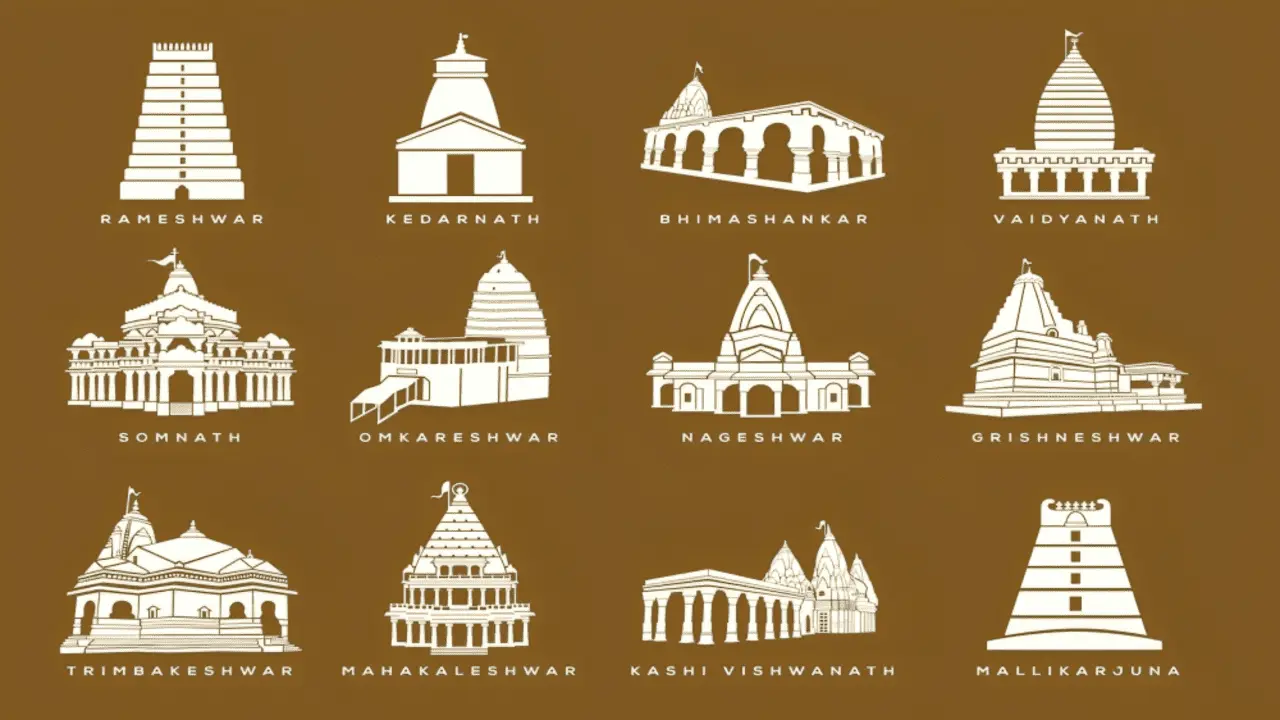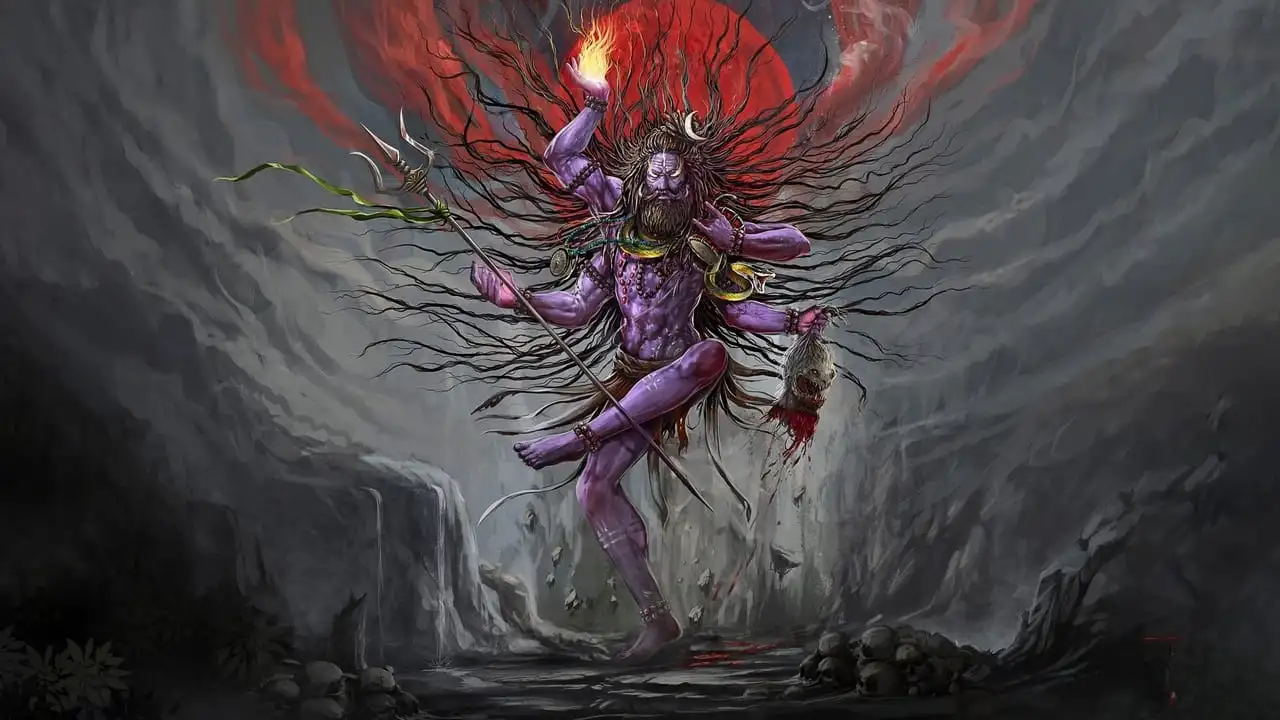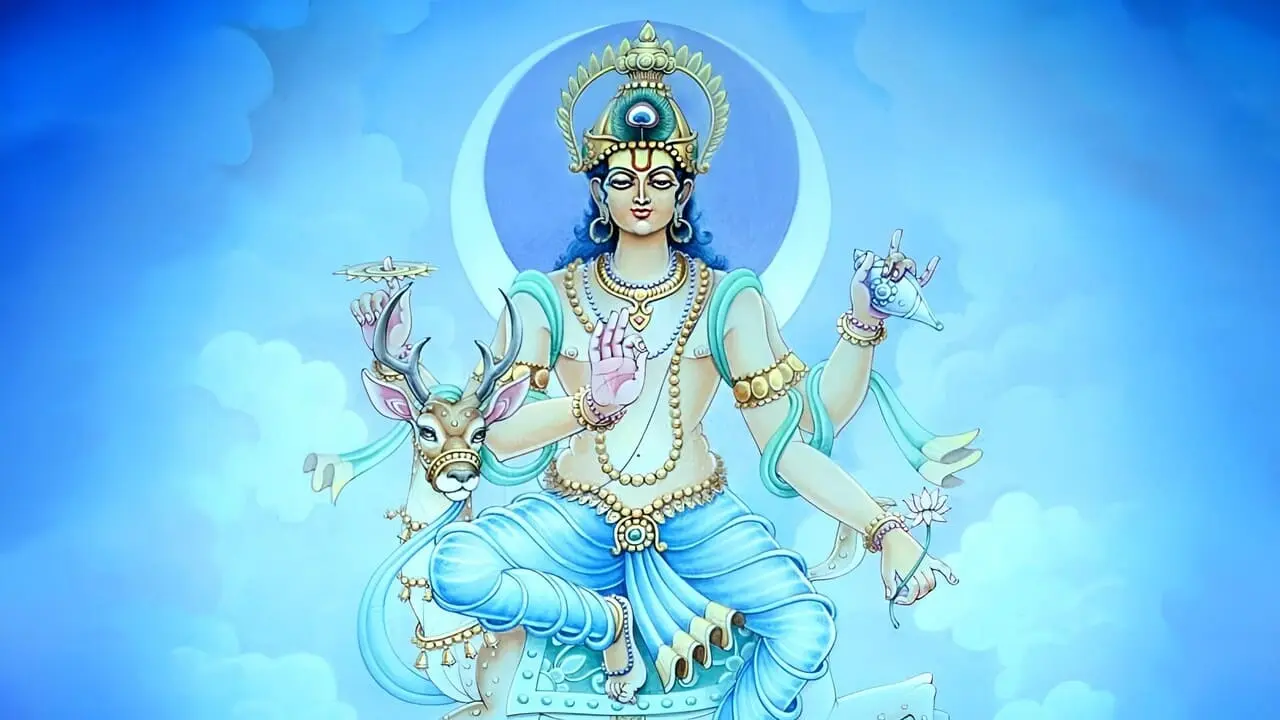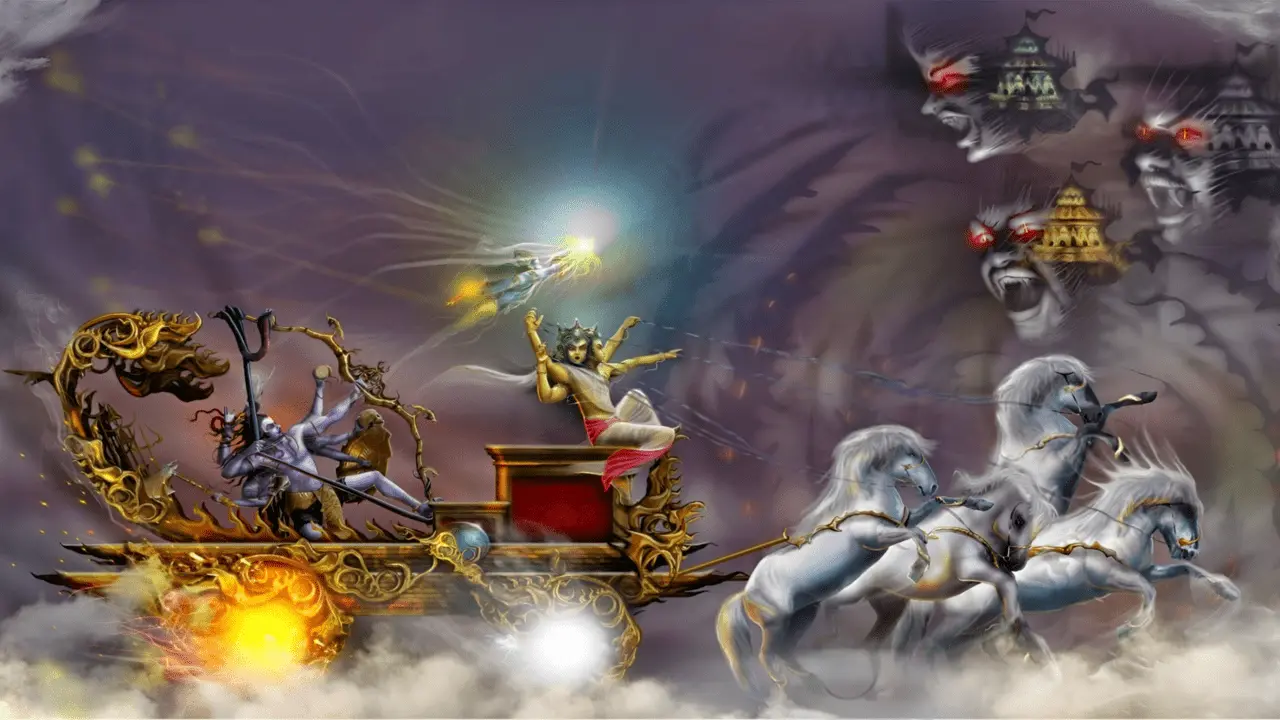
The Ardhanarishvara : Purusha And Prakriti
In Hindu philosophy, Purusha and Prakriti are fundamental concepts representing the eternal masculine and feminine principles that form the essence of all creation. Rooted deeply in the Samkhya and Yoga schools of thought, these ideas transcend mere philosophy and are closely linked to the divine energies of Shiva and Shakti. Their union is most beautifully represented in the form of Ardhanarishvara, a symbol of cosmic balance between Purusha and Prakriti.
What is Purusha?
Purusha represents pure consciousness—eternal, unchanging, and passive. It is often associated with the soul or spirit and is the silent witness to all creation. In Hindu thought, Purusha does not participate in the process of creation directly but provides the essence of consciousness that enables existence.
In simple terms, Purusha is the divine masculine energy, the formless, unmanifested essence of life. It stands beyond time and change, unaffected by the material world. The cosmic entity, Purusha, exists beyond the realms of time and space and combines with Prakriti to form this world of creation.
In simple terms, Purusha is the divine masculine energy, the formless, unmanifested essence of life. It stands beyond time and change, unaffected by the material world. The cosmic entity, Purusha, exists beyond the realms of time and space and combines with Prakriti to form this world of creation.
What is Prakriti?
Prakriti is nature, the dynamic force behind all creation, representing the ever-changing material universe. It embodies the feminine energy that manifests as the physical world, encompassing all forms, movements, and transformations. Prakriti is the creative power that brings Purusha’s consciousness into action.
While Purusha is passive, Prakriti is active, producing the world we experience.
While Purusha is passive, Prakriti is active, producing the world we experience.
The Connection between Purusha and Prakriti
The relationship between Purusha and Prakriti is one of cosmic balance. Purusha is like the silent observer, while Prakriti is the dynamic energy that creates all forms and experiences. Without Purusha, there would be no consciousness to witness the universe. Without Prakriti, there would be nothing to witness. Together, they represent the inseparable duality that underpins all existence.
When you drive, the car (which represents Prakriti) moves forward, changes direction, and interacts with the world. But you, the driver (representing Purusha), remain in control, observing and guiding the car’s movements. While the car is active, the driver remains calm and aware of everything happening around them. This is how Purusha and Prakriti work together—Purusha observes while Prakriti acts.
When you drive, the car (which represents Prakriti) moves forward, changes direction, and interacts with the world. But you, the driver (representing Purusha), remain in control, observing and guiding the car’s movements. While the car is active, the driver remains calm and aware of everything happening around them. This is how Purusha and Prakriti work together—Purusha observes while Prakriti acts.
Ardhanarishvara : The Union of Shiva and Shakti
In Hinduism, the divine relationship between Purusha and Prakriti is symbolized by the union of Shiva and Shakti. Shiva, representing Purusha, embodies pure consciousness, stillness, and the unmanifested cosmic force. On the other hand, Shakti represents Prakriti, the dynamic, creative energy that drives the universe.
- Shiva as Purusha: Shiva is often depicted as the ultimate yogi, meditative and detached from the material world, symbolizing pure consciousness. He represents the eternal masculine force that exists beyond time and space. As Purusha, Shiva is the unchanging witness, unaffected by the movements of the material world.
- Shakti as Prakriti: Shakti is the divine feminine energy, the source of all creation, power, and transformation. She is the force that brings the universe into existence, representing the active principle of life. Just as Prakriti is the creative energy in the cosmos, Shakti is the cosmic force responsible for the world’s formation, nurturing, and destruction.
The concept of Ardhanarishvara—where Shiva and Shakti are depicted as a single entity, half-male and half-female—beautifully captures this union. Ardhanarishvara is the ultimate representation of how consciousness and energy are inseparable. Just as Purusha and Prakriti coexist, so do Shiva and Shakti in their divine dance of creation, preservation, and destruction.
Conclusion
The balance of Purusha and Prakriti, mirrored in the divine forms of Shiva and Shakti, teaches us about the cosmic harmony between consciousness and creation. The union of these forces is perfectly illustrated in the form of Ardhanarishvara, reminding us that the material world is an expression of an eternal, unchanging spirit. Understanding this balance helps one transcend worldly attachments and move closer to spiritual liberation.





